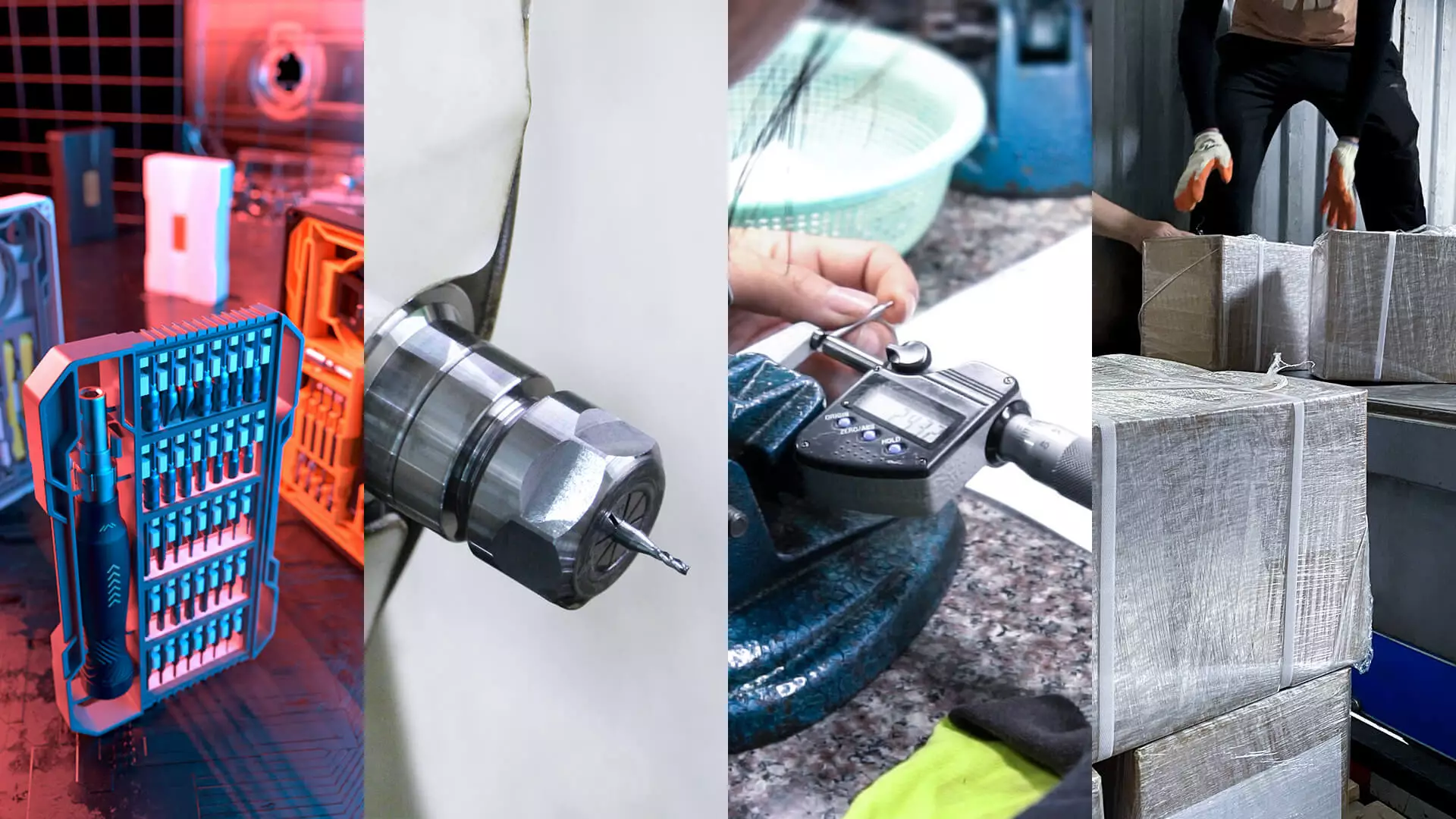Screwdrivers are essential tools that have evolved significantly since their emergence in the 15th century. From simple single-head screwdrivers to versatile multi-bit models, understanding the various types and their uses is crucial for any DIY enthusiast or homeowner. This guide will help you navigate the world of screwdrivers, focusing on the types of heads and their applications.
Common Types of Screwdriver Heads
- Phillips Head
The Phillips head screwdriver is one of the most ubiquitous tools in any toolkit. Named after its inventor, Henry Phillips, this screwdriver is characterized by its cross-shaped tip, designed to provide a better grip than its flathead counterparts. It’s ideal for furniture assembly and other household tasks, coming in various sizes to fit different screw heads.
- Flat Head
Also known as a slotted screwdriver, the flat head has a single flat blade that fits into the single horizontal indentation of a screw. These are available in different widths and thicknesses to match the screw size. While not as secure as a Phillips head, flat head screwdrivers can apply more force, making them useful for screws that are tighter or more resistant to turning.
- Robertson (Square)
The Robertson screwdriver, or square head, features a square tip and offers high torque without slipping. This type of screwdriver is less likely to strip a screw and provides a good grip, making it suitable for jobs requiring more force.
- Torx (Star)
The Torx screwdriver, known for its star-shaped tip, offers a higher transmission of force with less slippage. It’s especially useful for tasks that require rapid screwing and unscrewing, such as in automotive or computer repairs. Torx screwdrivers come in various sizes and provide excellent resistance to cam-out.
Choosing the Right Screwdriver
When selecting a screwdriver, consider the material and type of screws you will be working with. For general home use, a set of Phillips and flat head screwdrivers is essential. For more specialized tasks, such as electronics or heavy-duty construction, consider investing in Robertson or Torx screwdrivers.
Benefits of Multi-Bit Screwdrivers
Multi-bit screwdrivers are highly recommended for both their convenience and space-saving benefits. Instead of owning multiple single-head screwdrivers, you can possess one handle that accommodates various interchangeable bits. This approach not only saves space but also reduces the cost and hassle of managing an extensive collection of tools.
Example of a Versatile Tool
A good example of a multi-bit tool is an adjustable screwdriver that can hold various bits, from Phillips to Torx, and even Allen keys. These tools often feature a ratcheting mechanism that makes them quicker and easier to use than standard screwdrivers.
FAQs
Q1: What screwdriver should I start with if I’m new to DIY projects?
For most household tasks, start with a set of Phillips and flat head screwdrivers. These will cover a wide range of common screws you will encounter.
Q2: When should I use a Torx screwdriver?
Use a Torx screwdriver when you need to work quickly and efficiently, especially on projects where screws are abundant and time is of the essence, like in decking or large assembly projects.
Q3: Is it worth investing in a multi-bit screwdriver?
Absolutely. Multi-bit screwdrivers are cost-effective, space-saving, and offer the flexibility to handle various projects without the need to switch tools frequently.
Understanding the different types of screwdriver heads and their applications can greatly enhance your efficiency in handling various DIY tasks and repairs. Choose your tools wisely based on the requirements of your projects to ensure success and safety.
